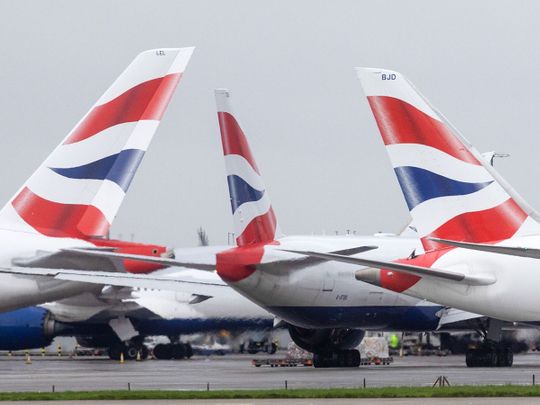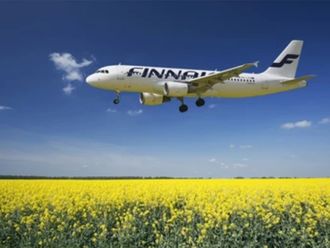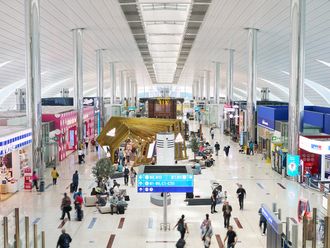
Dubai: British Airways is hoping for immediate gains from its relaunched daily services on the Abu Dhabi to London route after a gap of four years.
“We very much prioritized this return (to Abu Dhabi) in time for the summer,” said Calum Laming, British Airways' Chief Customer Officer. “Post-Eid is a perfect time to fly. That’s a testament to the importance of the Abu Dhabi route because we have had to prioritize it over other routes.” (British Airways will also be returning to full services to Bangkok and Kuala Lampur before the end of this year.)
The network optimization on services to the UAE is part of the airline’s $8.9 billion transformation plan, said Laming. The carrier will tap into Abu Dhabi’s growing leisure and business travel markets in a big way. There are also plans for a new lounge later this year in Dubai, which will be the first to feature British Airways' new lounge design.
London Heathrow is one of the Top 5 destinations for passengers at Zayed International Airport, with 290,000 passengers flying this route in the first quarter of 2024. On why the airline took four years to return to Abu Dhabi, Laming said British Airways has faced challenges expanding post-pandemic as ‘availability of new aircraft has been scarce’.
The airline relaunched its daily services in Dubai in 2021. Laming explained, “We would’ve ideally liked to start flight sooner, and it has been an important part (of its growth plan). Of course, being able to grow after the pandemic has been difficult.”
Passenger numbers on British Airways’ first return flight from Abu Dhabi have been robust. Plus the airline offers a ‘uniquely British original experience that no one else can match’. “We have a very strong history, being well over 100 years old, and we've had a long history on this particular route,” the official added.
That said, the airline faces stiff competition from UAE carriers Etihad Airways and Emirates, which have much higher frequencies to London Heathrow and other destinations in the UK and have hit nearly 100 per cent recovery rates post-pandemic.











